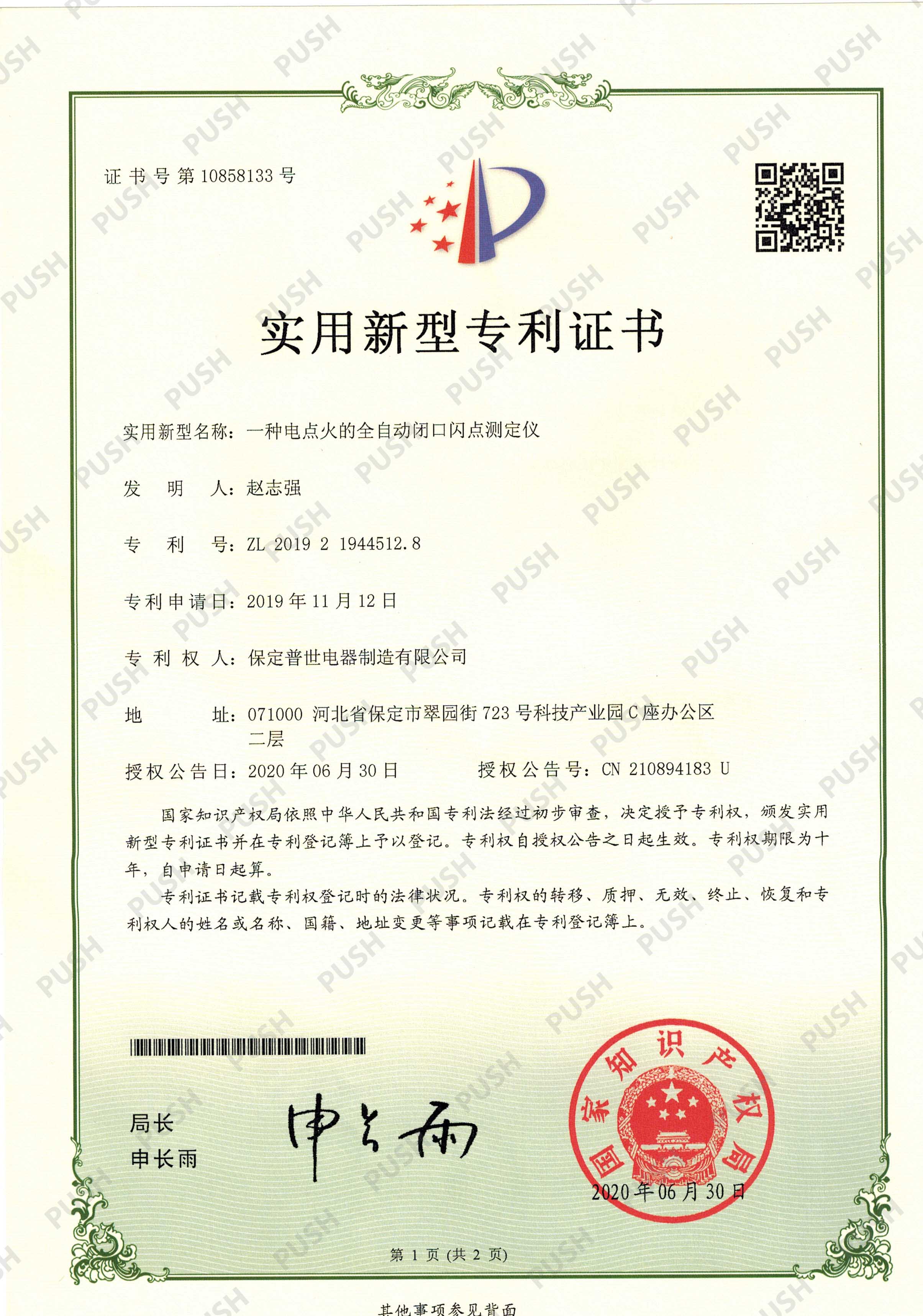 English
English



-
 Afrikaans
Afrikaans -
 Albanian
Albanian -
 Amharic
Amharic -
 Arabic
Arabic -
 Armenian
Armenian -
 Azerbaijani
Azerbaijani -
 Basque
Basque -
 Belarusian
Belarusian -
 Bengali
Bengali -
 Bosnian
Bosnian -
 Bulgarian
Bulgarian -
 Catalan
Catalan -
 Cebuano
Cebuano -
 China
China -
 China (Taiwan)
China (Taiwan) -
 Corsican
Corsican -
 Croatian
Croatian -
 Czech
Czech -
 Danish
Danish -
 Dutch
Dutch -
 English
English -
 Esperanto
Esperanto -
 Estonian
Estonian -
 Finnish
Finnish -
 French
French -
 Frisian
Frisian -
 Galician
Galician -
 Georgian
Georgian -
 German
German -
 Greek
Greek -
 Gujarati
Gujarati -
 Haitian Creole
Haitian Creole -
 hausa
hausa -
 hawaiian
hawaiian -
 Hebrew
Hebrew -
 Hindi
Hindi -
 Miao
Miao -
 Hungarian
Hungarian -
 Icelandic
Icelandic -
 igbo
igbo -
 Indonesian
Indonesian -
 irish
irish -
 Italian
Italian -
 Japanese
Japanese -
 Javanese
Javanese -
 Kannada
Kannada -
 kazakh
kazakh -
 Khmer
Khmer -
 Rwandese
Rwandese -
 Korean
Korean -
 Kurdish
Kurdish -
 Kyrgyz
Kyrgyz -
 Lao
Lao -
 Latin
Latin -
 Latvian
Latvian -
 Lithuanian
Lithuanian -
 Luxembourgish
Luxembourgish -
 Macedonian
Macedonian -
 Malgashi
Malgashi -
 Malay
Malay -
 Malayalam
Malayalam -
 Maltese
Maltese -
 Maori
Maori -
 Marathi
Marathi -
 Mongolian
Mongolian -
 Myanmar
Myanmar -
 Nepali
Nepali -
 Norwegian
Norwegian -
 Norwegian
Norwegian -
 Occitan
Occitan -
 Pashto
Pashto -
 Persian
Persian -
 Polish
Polish -
 Portuguese
Portuguese -
 Punjabi
Punjabi -
 Romanian
Romanian -
 Russian
Russian -
 Samoan
Samoan -
 Scottish Gaelic
Scottish Gaelic -
 Serbian
Serbian -
 Sesotho
Sesotho -
 Shona
Shona -
 Sindhi
Sindhi -
 Sinhala
Sinhala -
 Slovak
Slovak -
 Slovenian
Slovenian -
 Somali
Somali -
 Spanish
Spanish -
 Sundanese
Sundanese -
 Swahili
Swahili -
 Swedish
Swedish -
 Tagalog
Tagalog -
 Tajik
Tajik -
 Tamil
Tamil -
 Tatar
Tatar -
 Telugu
Telugu -
 Thai
Thai -
 Turkish
Turkish -
 Turkmen
Turkmen -
 Ukrainian
Ukrainian -
 Urdu
Urdu -
 Uighur
Uighur -
 Uzbek
Uzbek -
 Vietnamese
Vietnamese -
 Welsh
Welsh -
 Bantu
Bantu -
 Yiddish
Yiddish -
 Yoruba
Yoruba -
 Zulu
Zulu
test the dielectric strength of transformer oil
Testing the Dielectric Strength of Transformer Oil
Transformer oil, also known as insulating oil, plays a crucial role in the operation and longevity of electrical transformers. It serves as an insulator, a cooling agent, and a safeguard against electrical faults. One of the critical properties that define the performance of transformer oil is its dielectric strength. This measure indicates the oil's ability to withstand electrical stress without breakdown, which is essential for ensuring the safe and efficient operation of transformers in electrical systems.
What is Dielectric Strength?
Dielectric strength refers to the maximum electric field that a material can withstand without experiencing electrical breakdown. For transformer oil, this is typically expressed in kilovolts per millimeter (kV/mm). A high dielectric strength means that the oil can prevent arcing or sparking between conductive parts within the transformer, thus maintaining insulation integrity and reducing the risk of electrical faults.
Importance of Testing Dielectric Strength
Over time, transformer oil can degrade due to various factors, including thermal stress, oxidation, and contamination with water or particulate matter. These changes can significantly lower the dielectric strength of the oil, increasing the risk of transformer failure. Regular testing of dielectric strength helps in monitoring the condition of the oil, ensuring it meets the safety standards required for optimal transformer performance. Testing also aids in determining the appropriate maintenance schedules, thereby extending the lifespan of the transformer and preventing costly outages.
Types of Tests
test the dielectric strength of transformer oil

There are several methods for testing the dielectric strength of transformer oil. The most commonly used method is the ASTM D1816 standard, which involves applying an increasing voltage to a sample of the oil until breakdown occurs. The test is performed in a controlled environment to minimize interference from external factors.
Another popular method is the IEC 60156 test, which assesses the oil's performance under specific conditions, including the presence of water and other contaminants. In this method, a cylindrical electrode configuration is usually employed to create a uniform electric field within the oil sample.
Procedure for Testing
To conduct a dielectric strength test, a sample of transformer oil must be collected carefully, avoiding contamination. The oil is then placed in a testing cell designed for the specific test method being used. The voltage is gradually increased while monitoring the oil for signs of breakdown, such as electric discharge or sudden drops in voltage. The point at which breakdown occurs is recorded and used to calculate the dielectric strength.
It is important to note that testing should be done under consistent temperature and humidity conditions to ensure reliable results. Additionally, the testing apparatus must be calibrated before use to guarantee accuracy.
Conclusion
In conclusion, testing the dielectric strength of transformer oil is a vital procedure for maintaining the reliability and safety of electrical transformers. By regularly assessing the condition of transformer oil, utility companies and maintenance teams can make informed decisions about oil replacement and transformer servicing, ultimately enhancing the longevity and efficiency of electrical infrastructure. As the demand for reliable energy sources continues to grow, the importance of rigorous testing protocols for materials like transformer oil cannot be overstated.
-
Testing Equipment Industry Sees Major Advancements in 2025: Smart & Precision Technologies Lead the WayNewsJun.06,2025
-
Applications of Direct Current Generators in Renewable Energy SystemsNewsJun.05,2025
-
Hipot Tester Calibration and Accuracy GuidelinesNewsJun.05,2025
-
Digital Circuit Breaker Analyzer Features and BenefitsNewsJun.05,2025
-
Benefits of Real-Time Power Quality Monitoring Devices for Industrial EfficiencyNewsJun.05,2025
-
Earth Fault Loop Testing in High-Rise Building Electrical SystemsNewsJun.05,2025



